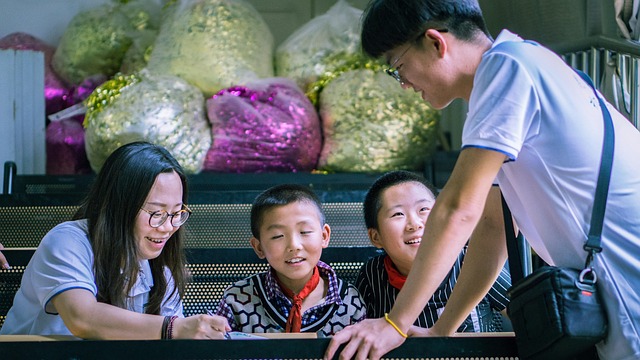
Exploring the Science of Coordination in Csapat: How Technology Boosts Workplace Culture
In the dynamic realm of Csapat, a Hungarian term signifying team,” coordination plays a pivotal role in shaping organizational success and fostering a vibrant workplace culture. The essence of coordination can be likened to an intricate dance, where each partner—be it in a small team or a large corporation—must move harmoniously to achieve common goals. As workplace dynamics evolve, the integration of technology has become a key catalyst in enhancing this essential facet of business.
The science of coordination delves deep into understanding how individuals and groups interact within a workplace. It’s not merely about scheduling meetings or aligning project deadlines; rather, it encapsulates the complexity of human behavior, communication, and collaboration. By leveraging modern science, businesses can grasp the nuances that empower teams to synchronize their efforts effectively.
Advancements in technology have emerged as the backbone supporting this synchronization. Tools such as project management software, instant messaging platforms, and collaborative document editing applications have transformed traditional workplace environments. These technologies streamline communication, enabling teams to work together seamlessly, regardless of their geographical locations. The result is a more engaged workforce, where individuals feel valued and included, ultimately boosting workplace morale and productivity.
Moreover, the integration of artificial intelligence and data analytics has ushered in a new era of coordination strategies. Organizations can analyze performance metrics in real-time, identifying areas for improvement, recognizing outstanding contributions, and fostering individual growth within the team. This scientific approach not only enhances efficiency but cultivates a culture of continuous learning, where employees are encouraged to develop their skills and contribute to the team’s objectives in innovative ways.
As we explore the impact of technology on workplace culture, it’s vital to recognize that coordination is not a one-time achievement but a continuous process. Companies must regularly evaluate and refine their strategies to enhance team dynamics. Encouraging regular feedback loops and open communication channels empowers employees to voice their thoughts and ideas, thereby fostering a culture rooted in trust and collaboration. When employees feel they have a stake in the process, their engagement and commitment to the organization increase significantly.
Furthermore, the incorporation of virtual reality and augmented reality tools opens up exciting avenues for team-building exercises and interactive training sessions. These technologies allow teams to engage in immersive experiences that not only strengthen interpersonal bonds but also improve coordination in high-pressure scenarios. Activities that mimic real-life challenges can prepare employees to respond collaboratively in their work, transcending the limitations of traditional training programs.
As more organizations recognize the importance of cultivating a culture of coordination, it’s clear that the right blend of science and technology will be pivotal. By investing in tools that enhance communication, foster engagement, and promote teamwork, companies can create environments where coordination flourishes. This, in turn, builds resilience, adaptability, and a sense of belonging among team members, making the workplace not just a space for productivity but a thriving community dedicated to mutual success.
In a world where technological advancements and human ingenuity intersect, the science of coordination within Csapat is a testament to the transformative power of teamwork. By embracing this concept, organizations not only navigate the complexities of modern business but also create workplaces that inspire, empower, and ultimately, redefine what it means to work together.


